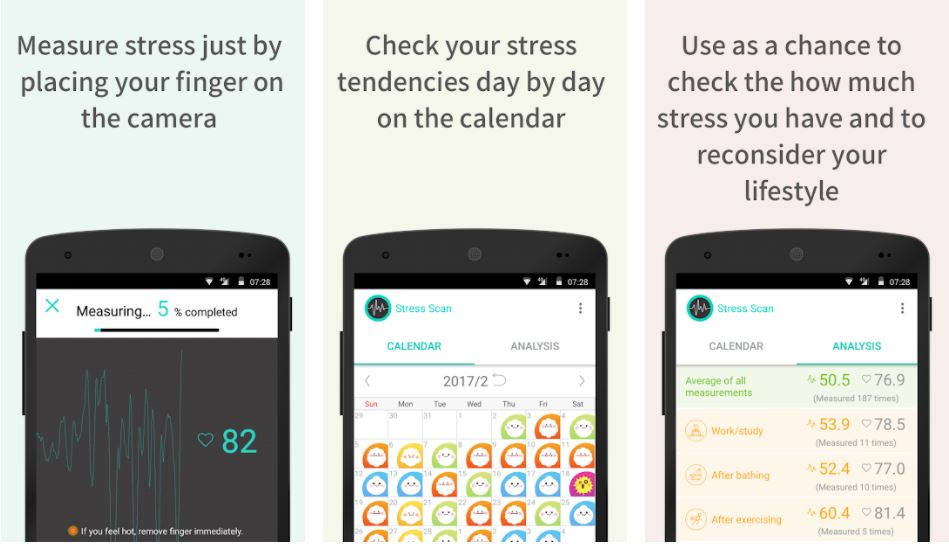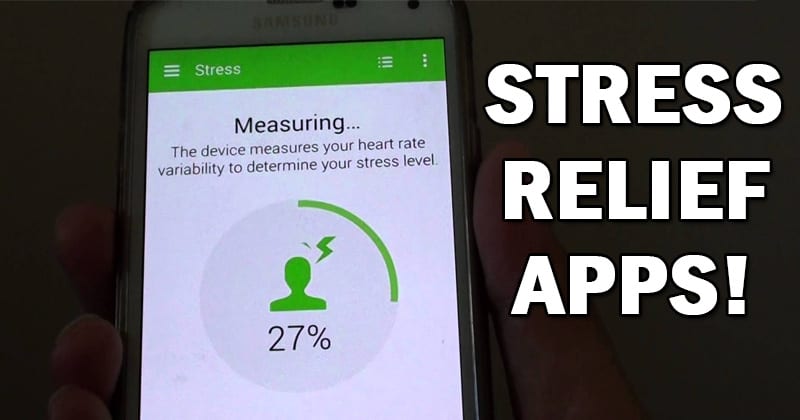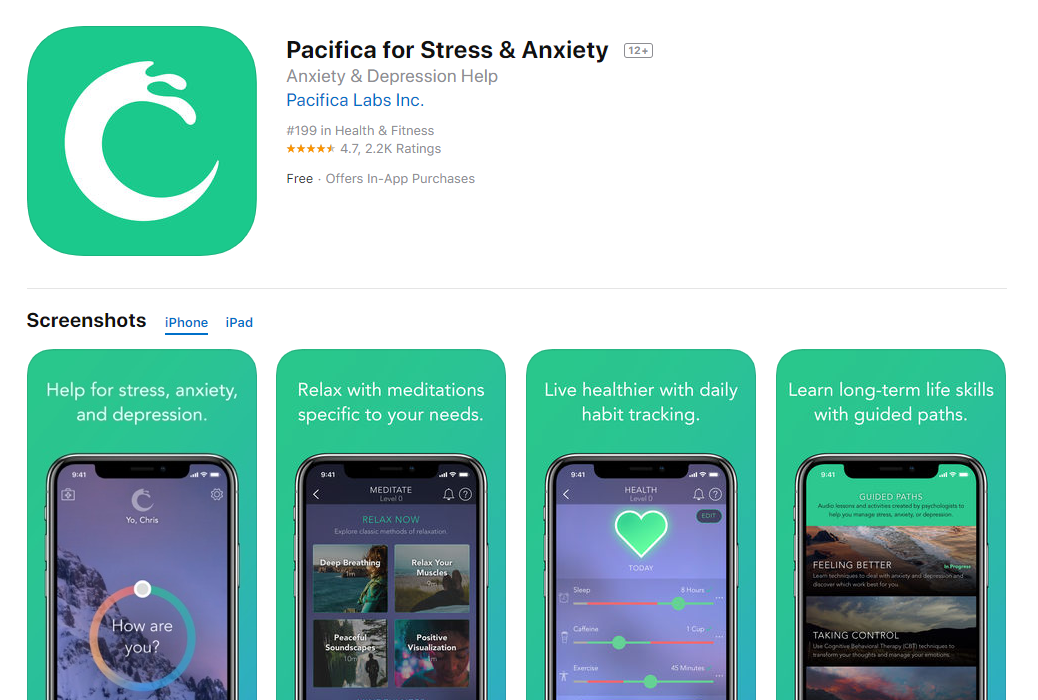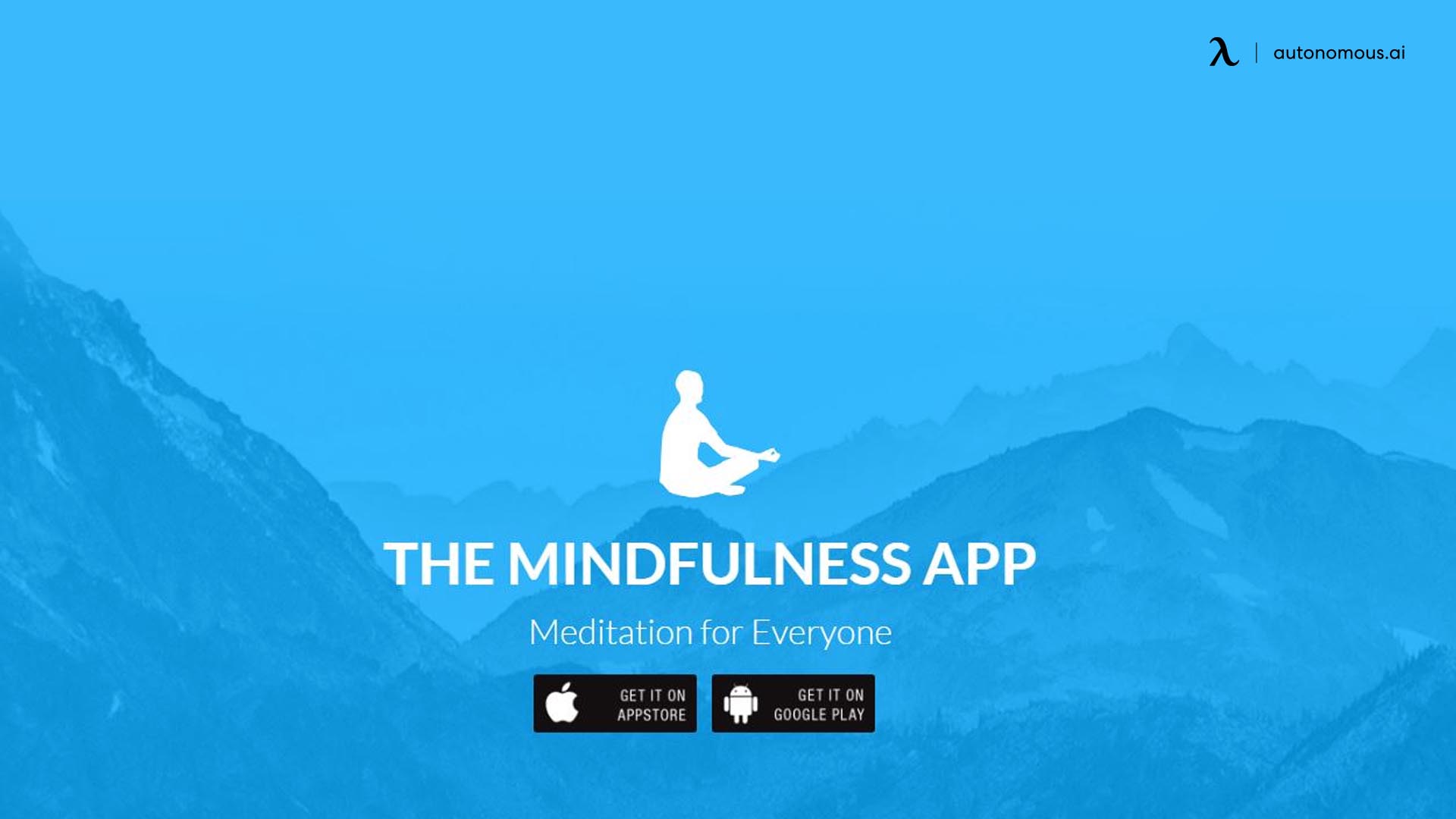In today’s fast-paced world, stress relief apps are becoming increasingly popular as digital tools for managing stress and promoting mental well-being. These apps offer a range of evidence-based techniques, from mindfulness and meditation to breathing exercises and sleep tracking, to help users reduce stress and improve their overall health.
With their user-friendly interfaces, personalized content, and data tracking capabilities, stress relief apps are designed to provide a convenient and accessible way to manage stress on the go. By integrating with other health and wellness apps, they can further enhance overall well-being by providing a comprehensive approach to health and fitness.
Introduction

Stress is a common experience that can have a significant impact on our physical and mental health. It can cause a range of symptoms, including anxiety, irritability, difficulty concentrating, and sleep problems.
Stress relief apps are designed to help people manage stress and improve their overall well-being. They offer a variety of features, such as relaxation techniques, mindfulness exercises, and cognitive behavioral therapy (CBT) tools.
Types of Stress Relief Apps
Stress relief apps offer a wide range of techniques to help manage stress and improve mental well-being. These apps can be categorized based on their functionality, with each type providing unique benefits and limitations.
The most common types of stress relief apps include:
Meditation Apps
- Benefits:Meditation apps provide guided meditations and mindfulness exercises that help calm the mind, reduce anxiety, and improve focus.
- Limitations:Some apps may require a subscription fee, and it may take time to develop a regular meditation practice.
Mindfulness Apps
- Benefits:Mindfulness apps teach techniques for paying attention to the present moment, which can help reduce stress and increase self-awareness.
- Limitations:Mindfulness can be challenging to practice consistently, and some apps may not provide enough guidance.
Breathing Exercise Apps
- Benefits:Breathing exercise apps offer guided breathing exercises that can help regulate the nervous system, reduce stress, and improve sleep.
- Limitations:Some apps may not provide enough variety in breathing exercises, and it may take time to find the techniques that work best.
Sleep Tracking Apps
- Benefits:Sleep tracking apps monitor sleep patterns and provide insights into sleep quality. This information can help identify sleep disturbances and improve sleep hygiene.
- Limitations:Sleep tracking apps may not be accurate for everyone, and some apps may require a subscription fee.
Features of Effective Stress Relief Apps
Effective stress relief apps are characterized by a range of features that enhance their ability to promote relaxation and well-being. These features include user-friendly interfaces, personalized content, data tracking, and community support.
A user-friendly interface is crucial for making the app accessible and easy to navigate. Intuitive design, clear instructions, and visually appealing elements contribute to a positive user experience.
Personalized Content
Personalized content tailors the app’s offerings to individual needs and preferences. Users can customize their experience by selecting from a library of guided meditations, relaxation exercises, and soothing sounds that resonate with their specific stress triggers and relaxation techniques.
Data Tracking
Data tracking allows users to monitor their progress and identify patterns in their stress levels. By tracking metrics such as meditation time, relaxation exercise frequency, and sleep quality, users can gain insights into their stress management habits and make informed adjustments.
Community Support
Community support provides a sense of connection and belonging, which can be particularly valuable for individuals struggling with stress. Forums, chat groups, and online communities within stress relief apps offer a platform for users to share experiences, offer encouragement, and learn from others facing similar challenges.
Integration with Other Health and Wellness Apps

Integrating stress relief apps with other health and wellness apps can significantly enhance overall well-being. By connecting these apps, users can gain a more comprehensive view of their health and make informed decisions about their stress management strategies.
For example, integrating a stress relief app with a fitness tracker allows users to track their activity levels and identify potential triggers for stress. This information can help them develop targeted stress-reducing activities and make adjustments to their exercise routine.
Benefits of Integration
- Improved stress management:By tracking stress levels and identifying triggers, users can develop more effective coping mechanisms.
- Enhanced self-awareness:Integration with other apps provides a holistic view of health, helping users understand the interconnectedness of their physical, mental, and emotional well-being.
- Personalized recommendations:Based on data collected from integrated apps, users can receive tailored recommendations for stress relief techniques and activities.
Evidence-Based Techniques

Stress relief apps often incorporate evidence-based techniques to help users manage stress effectively. These techniques are backed by scientific research and have been proven to reduce stress and improve mental health.
One common technique used in stress relief apps is mindfulness meditation. Mindfulness involves paying attention to the present moment without judgment. Research has shown that mindfulness meditation can reduce stress, anxiety, and depression. It can also improve sleep quality and increase emotional regulation.
Cognitive Behavioral Therapy (CBT)
CBT is another evidence-based technique used in stress relief apps. CBT focuses on changing negative thought patterns and behaviors that contribute to stress. By identifying and challenging these negative thoughts, individuals can learn to cope with stress more effectively.
Progressive Muscle Relaxation (PMR)
PMR is a relaxation technique that involves tensing and releasing different muscle groups in the body. PMR can help to reduce physical tension and promote relaxation. It can also be helpful for reducing stress and anxiety.
Biofeedback
Biofeedback is a technique that uses sensors to monitor physiological responses, such as heart rate and muscle tension. Biofeedback can help individuals become more aware of their stress response and learn to control it. This can be helpful for reducing stress and improving overall health.
User Engagement and Adherence
User engagement and adherence are crucial for the effectiveness of stress relief apps. Several factors influence these aspects, including the app’s design, features, and content. App developers should consider these factors and implement strategies to enhance user experience and promote long-term use.
Factors that influence user engagement and adherence include:
- User Interface (UI) and User Experience (UX):An intuitive and user-friendly interface is essential for engaging users. The app should be easy to navigate, visually appealing, and provide a seamless experience.
- Personalized Content:Tailoring the app’s content to individual user needs and preferences can enhance engagement. This can involve personalized recommendations, customized exercises, or progress tracking.
- Gamification and Rewards:Incorporating gamification elements, such as challenges, rewards, and progress tracking, can motivate users and encourage regular app usage.
- Community Support:Building a sense of community within the app, through forums, support groups, or social media integration, can foster user engagement and adherence.
Strategies for Improving User Experience and Promoting Long-Term Use
App developers can employ various strategies to improve user experience and promote long-term use, including:
- Conduct User Research:Regularly gathering feedback from users through surveys, interviews, or analytics can help identify areas for improvement and enhance the app’s effectiveness.
- Incorporate Evidence-Based Techniques:Integrating stress management techniques supported by scientific evidence, such as mindfulness, meditation, or cognitive-behavioral therapy (CBT), can increase the app’s credibility and effectiveness.
- Offer a Variety of Features:Providing a diverse range of stress-relieving activities, such as guided meditations, breathing exercises, or journaling, can cater to different user preferences and increase engagement.
- Encourage Regular Use:Implementing reminders, notifications, or streaks can encourage users to establish a consistent practice and track their progress over time.
Future Trends in Stress Relief Apps

The future of stress relief apps is bright, with emerging trends and advancements poised to further enhance their effectiveness. These innovations promise to revolutionize the way we manage stress, providing personalized and tailored experiences that cater to our individual needs.
One significant trend is the integration of artificial intelligence (AI) and machine learning (ML) into stress relief apps. AI-powered apps can analyze user data, such as sleep patterns, heart rate, and activity levels, to create personalized stress management plans. ML algorithms can also identify patterns in user behavior, providing tailored recommendations and interventions to help manage stress effectively.
Virtual and Augmented Reality (VR/AR)
Virtual and augmented reality (VR/AR) technologies are also making their way into stress relief apps. VR apps can transport users to calming environments, such as nature scenes or meditation retreats, providing immersive and distraction-free experiences. AR apps can overlay digital elements onto the real world, creating interactive and engaging stress-reducing activities.
Wearable Technology, Stress relief apps
Wearable technology, such as smartwatches and fitness trackers, is becoming increasingly integrated with stress relief apps. These devices can monitor physiological indicators of stress, such as heart rate variability and skin conductance, providing real-time insights into stress levels. They can also deliver tailored interventions, such as guided breathing exercises or calming vibrations, to help users manage stress in the moment.
Gamification and Social Support
Gamification techniques are being incorporated into stress relief apps to make stress management more engaging and rewarding. Users can earn points, badges, and rewards for completing stress-reducing activities, fostering motivation and adherence. Social support features, such as online communities and peer-to-peer support groups, are also becoming common, providing users with a sense of belonging and shared experiences.
Conclusive Thoughts

As the field of stress relief apps continues to evolve, emerging trends and advancements promise even greater effectiveness in the future. With the potential for new technologies and innovations, these apps are poised to play an increasingly important role in helping individuals manage stress and live healthier, more fulfilling lives.
Detailed FAQs
What are the benefits of using stress relief apps?
Stress relief apps offer a range of benefits, including reducing stress, improving sleep, boosting mood, and increasing focus and concentration.
How do stress relief apps work?
Stress relief apps use a variety of evidence-based techniques, such as mindfulness, meditation, breathing exercises, and sleep tracking, to help users reduce stress and improve their overall health.
Are stress relief apps effective?
Yes, stress relief apps have been shown to be effective in reducing stress and improving mental health. Studies have shown that regular use of stress relief apps can lead to significant improvements in mood, sleep, and overall well-being.
